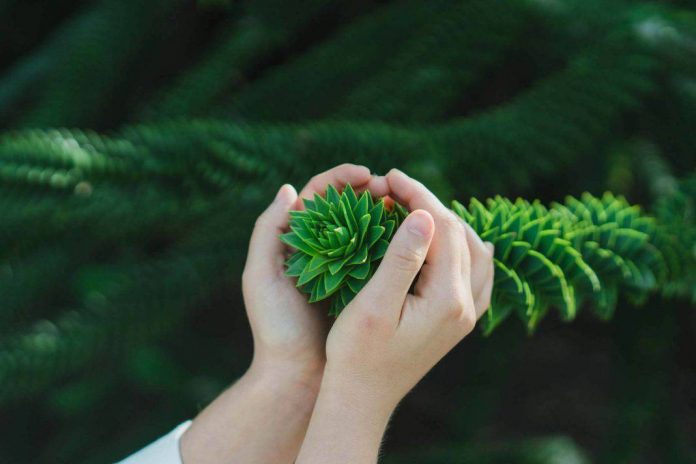
A tree is the breath of the world. If nature is a great designer, she gave birth to the most precious design in the world with fabulous designs. We named it as a tree and Trees are the best friends of ours. We cannot even breathe without a tree. For the survival of the human, we should plant a tree rather than playing a video game or watching tv….council of tree and landscape Appraisers said, a healthy, mature tree can add up to $10 000 to the value of the home so why you should plant a tree in your place. Here are 10 top reasons.
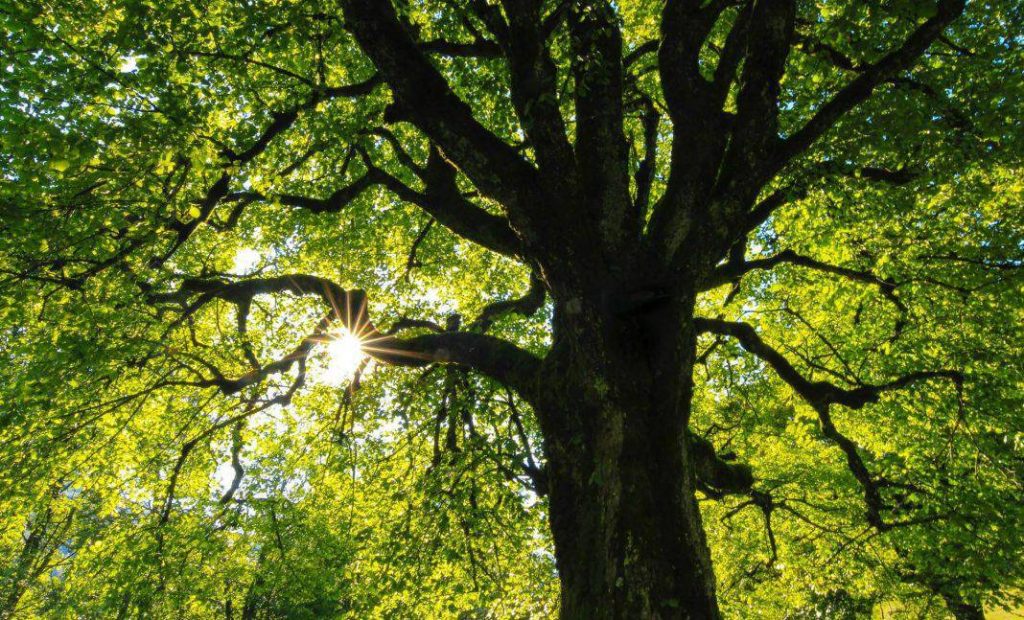
1st reason
Table of Contents
Trees provide clean oxygen which is vital for our survival
Trees deliver oxygen when they utilize energy from sunlight to produce glucose from carbon dioxide and water. Similar to all plants, trees also accept oxygen while they burst glucose back down to release energy to power their metabolisms. Above is the process of producing oxygen of a tree. Averaged over 24 hours, they provide more extra oxygen than they use up. So the trees around you give a considerable amount from your daily oxygen consumption.
All air-cleaning plants always produce oxygen, but here are some of the best ones that happen to have a tremendous exchange rate of carbon dioxide (the waste product humans and animals exhale and that plants inhale) to oxygen. The significant benefit of adding oxygen-producing plants to your living and workspace is an improvement in infertility due to the continuance of current oxygen levels in the blood.
All air-cleaning plants always produce oxygen, but here are some of the best ones that happen to have a tremendous exchange rate of carbon dioxide (the waste product humans and animals exhale and that plants inhale) to oxygen. The significant benefit of adding oxygen-producing plants to your living and workspace is an improvement in infertility due to the continuance of current oxygen levels in the blood.
Top three oxygen-producing plants:
- Sprouts: If you grow your sprouts for food (especially sweet pea sprouts, buckwheat sprouts, and sunflower sprouts), you will have a wonderful mini-greenhouse impression in your living place. You also get supplemental oxygen personally by eating raw, living greens!
2. Snake Plant a.k.a. : Mother-In-Law’s Tongue: Of all the various oxygen-producing plants, this one is unique since it turns a lot of Carbon Dioxide) to Oxygen at night, delivering it ideal to have several in your bedroom. 6-8 waist-high plants are required per person to survive if there is no airflow. This plant also discharges formaldehyde from the air.
3. Areca Palm: Areca Palm removes xylene and toluene from the air, but also performs to turn a lot of CO2 (carbon dioxide) to O2 (oxygen) during the daytime. Having four (shoulder-high plants) of these per person in your home produces enough oxygen to survive on during daytime hours! They want to have dust and dirt wiped off of its leaves once a week, or daily if you live in a place with terrible air quality.

2nd reason
The scenery of the trees lighten our mind
The most well-researched benefit of trees is that it seems to help reduce our stress, rumination, and stress. And also, another study, researchers discovered that people were more enthusiastic about encouraging someone who’d lost a glove if they had just spent time walking through a park with trees, rather than if they were near the entrance to the park.
From the first flowers of springtime to the multicolored petals in the fall, trees are gorgeous. They perform a fabulous decoration inside or garden. Decorating your garden with trees, plants, and flowers, watering them, and feeling the scenes of nature will always relax your brain and the mind also. Trees make souls feel better. Artisans are more fruitful when they see trees on their commute plans and from their office windows.
3rd reason
Trees offer fresh and healthy fruits, vegetables to your family
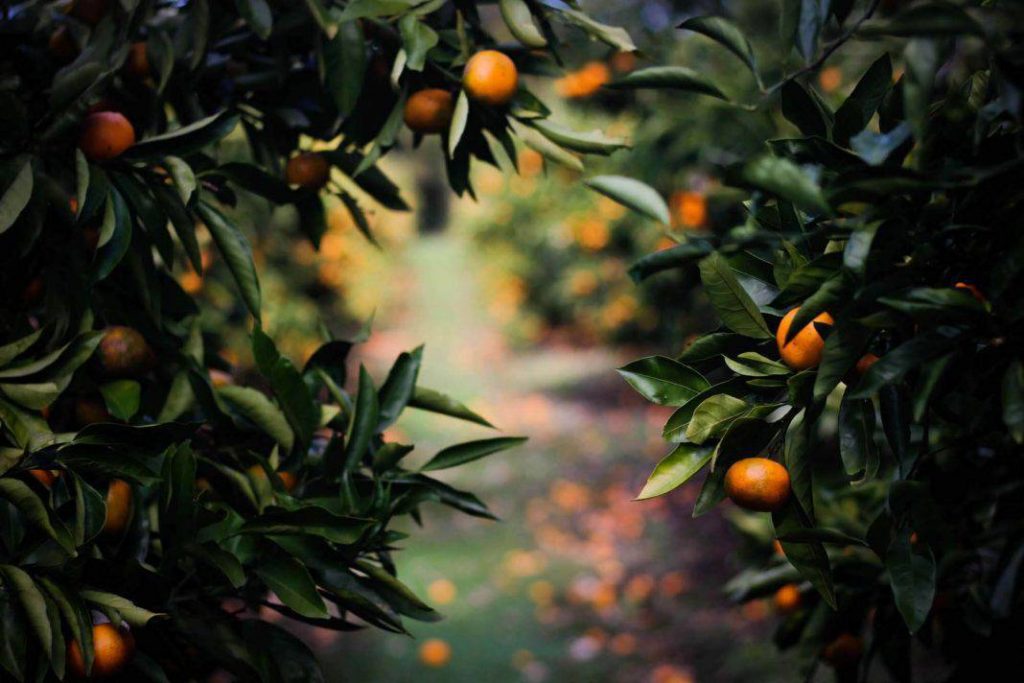
‘Backyard gardening can inspire you to take an interest in the origins of your food and make better choices about what you put on your plate,” says Dr. Helen Delichatsiosn in his speech. When you grow your food in your garden, you enjoy it more because of the struggle it used to get to the table. Trees offer fresh and healthy fruits or nuts, vegetables.
By farming fruit or nut trees in your yard, you can produce sufficient fresh foods for yourself and your house, and maybe also enough to share with friends, neighbors, and others in your neighborhood.
Growing your food has numerous health benefits: It helps you have more green fruits and vegetables. You choose what kinds of fertilizers and pesticides become in contact with your food.
Example; Baobab tree
While numerous people know of the baobab tree, not many people know that it has a fruit – and also few know that this fruit is one of the most nutrient-dense foods in the universe.
Each piece of the baobab tree is helpful – the bark can be adapted into rope and clothes, the seeds can be used to produce ornamental oils, the leaves are delicious, the trunks can store water and the fruit is especially strong in nutrients and antioxidants.
Ladies in Africa have changed to the baobab fruit as a natural reservoir of health and beauty for times.
Baobab is the unique fruit in the world that dries naturally on its branch. Rather of releasing and spoiling, it lingers on the arm and bakes in the sun for 6 months – converting its velvety green cover into a thick coconut-like shell. The pulp of the fruit dries out entirely. This means the fruit simply wants to be harvested, deseeded and sieved to create a delicious pure fruit powder.
Unlike many other complements, baobab powder does not have to be spray-dried, freeze-dried or converted in any way. It is 100% pure fruit in its natural form. Amazingly, the fruit has a natural shelf that exists for 3 years so there are no chemicals or additives whatsoever.
It gives you direction when to harvest your food. Vegetables that ripen in the garden have further nutrients than some store-bought vegetables that must be picked early. If you’re fascinated in planting food in your backyard:
Begin small and plant anything you’d love to eat. Take place with at least 6 hours of good daytime light and access to water. Utilize contaminant-free soil.
Consider working a raised garden bed, which lets you control the soil and nutrient mixture.
Talk to farmers or other backyard gardeners in your area to have a sensation of what grows well in your area and when.
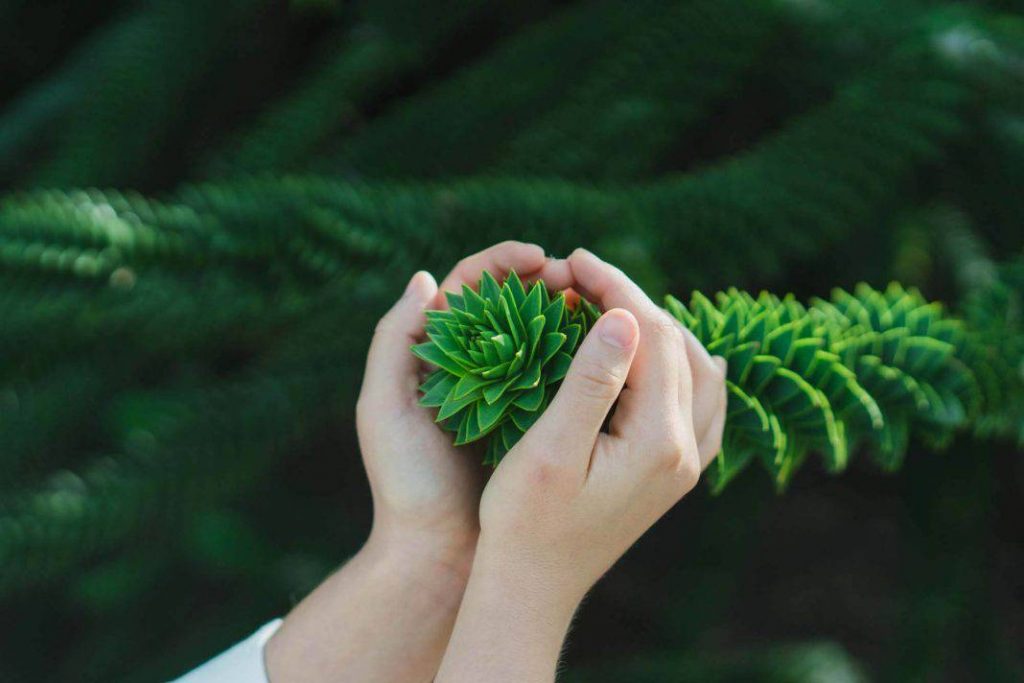
4th reason
Trees removing carbon dioxide and other gasses which are harmful to you from your surroundings
While plants and trees grow, they absorb carbon dioxide from the atmosphere and convert it into sugars through photosynthesis. Planting many more trees could remove more carbon from the atmosphere and store it for an extended period. Excess carbon dioxide (CO2) is increasing up in our environment, according to climate change. Trees absorb Carbon dioxide, lifting, and storing the carbon while releasing oxygen back into the air.
Within one year, an acre of older trees consumes the equivalent amount of CO2 produced when you drive your car 26,000 miles. Trees absorb odors and pollutant gases (nitrogen oxides, ammonia, sulfur dioxide, and ozone) and filter particulates out of the atmosphere by deceiving them on their leaves and cover.
Air pollution is one of the world’s hidden killers. It makes seven million untimely deaths a year, making it the most significant single environmental health danger, according to the World Health Organization.
In city areas, air quality is especially questionable. More than 80% of people existing in states where pollution is monitored are revealed to air quality levels that exceed WHO limits.
And given that by 2050, 3/2 of the global community will be municipal, cleaning up our towns’ air is a matter of necessity.
One well-established method to overcome air pollutants is to plant trees, as their leaves grab and absorb poisonous particulates. Snake Plant (Sansevieria trifasciata)
The Snake Plant (also known as Mother-in-Law’s Tongue) is one of the greatest plants for filtering the air and defeating pollution levels.
NASA has recognized it as one of the first options for this task due to its capacity to kill at least 107 known pollutants from the atmosphere, including xylene, benzene, chloroform, and carbon monoxide.
Although it’s suggested that Snake Plants are kept in the bedroom because they transform CO2 into oxygen at bedtime, they’re also a great plant for offices. Not only do they require small preservation, but they eliminate formaldehyde from the atmosphere, which is released from computer equipment.
Weeping Fig (Ficus Benjamina)
According to the NASA Clean Air Study, Weeping Fig (or Ficus Tree, as it’s also known) is deeply efficient at killing several dangerous everyday poisons from the atmosphere that can produce you to feel sick. These include formaldehyde, xylene, trichloroethylene, and toluene.
Red-edged Dracaena (Dracaena Marginata)
The Red-edged Dracaena (or Pleomele) is one of the most potent plants for eliminating harmful gasses from the atmosphere.
Boston Fern (Nephrolepis exaltata)
Placed at number 9 in NASA’s record of the largest air-purifying plants, the Boston Fern is an excellent choice for decreasing
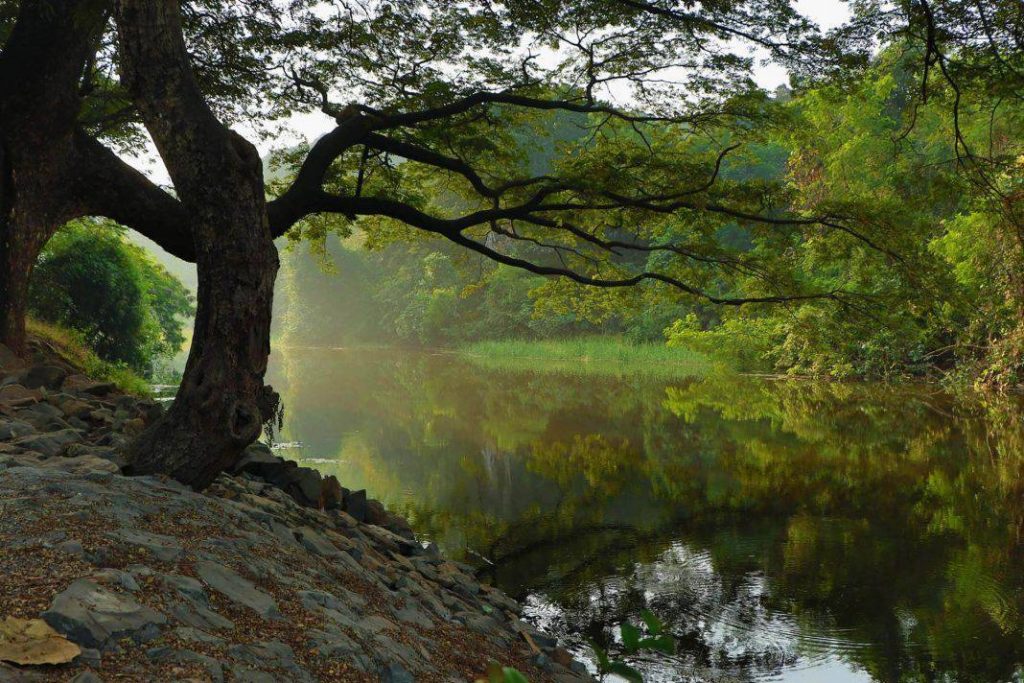
5th reason
Trees prevent soil from Erosion.
Soil erosion is a physical process that can be heightened by human actions and is the wearing away of the land cover by physical forces. Such as rainfall, flowing water, wind, ice, temperature variation, gravity, or other natural or human activities that abrade, separate, and remove soil or geological element from one point on the earth’s covering to be deposited elsewhere.
Nearly 30 % of the world’s arable land has shifted unproductive as 60 % of its soil has been washed away and stored in rivers, streams, and lakes. But trees can minimize soil erosion from surface water runoff and becoming the soil unproductively.
The tree roots stop soil erosion because they hold the ground stable and bound to the land. Behind what appears the eye, trees have roots that extend from the cover of a tree into the accumulation. Some of the roots grow directly beneath the tree, but an enormous majority of the roots divided parallel. Under healthy soil conditions, tree roots can become more than twenty feet deep.
The tree roots begin as thick stems that support the tree while also stocking water and carbohydrates. Then these larger stems branch into tinier fine fibers to grow around the tree and maintain the soil. These tinier roots make up a majority of the tree-root system. If you have eroding soil in your surroundings or area, think. Planting a tree may take time. But planting a tree will help you to carry your soil back to life.

6th reason
Planting trees reduce global warming.
Experts say the evidence is mounting that trees can have a far-reaching impact in originating global warming by eliminating vast masses of carbon from the atmosphere. Tree-planting advocates say it’s something they’ve recognized for decades.
The recent European study announced in Science magazine July 5 states trees could consume two-thirds of the carbon that has been joined to the atmosphere as a result of human activity since the Industrial Revolution.
The study, directed by researchers at the Crowther Lab at ETH Zurich, a technical university, discovered that an additional 500 billion trees, embracing an area harshly the size of the United States, could kill 200 gigatons of carbon from the atmosphere when they attain maturity.
The study’s biographers say that connected with decreased greenhouse gas discharges, adding so many new trees could replace the world’s shrinking stock by 2050 and provide the most efficient climate change resolution to date.
The scientists say that restricting global warming to 1.5 degrees Celsius by 2050, the aim of the U.N.’s Intergovernmental Panel on Climate Change will claim an additional billion hectares of forest, an increase of nearly 20% over living forest land.
It is a race against time; however since a warming planet means the area available for tree planting is shrinking.
If a tree dies in a forest, will replanting it ease control global warming? Scientists state planting a trillion trees globally could be the only most powerful way to confront climate change.
According to a current study in the journal Science, planting billions of trees about the world would be the most competitive and most effective method to grab the climate change. Since trees consume carbon dioxide, which contributes to global warming, a global planting initiative could eliminate a large portion of heat-trapping discharges from the atmosphere.
The researchers say a program at this scale could kill about two-thirds of the carbon dioxide (CO2) discharges created by human actions since the origin of the industrial revolution or nearly 25% of the CO2 in the atmosphere.
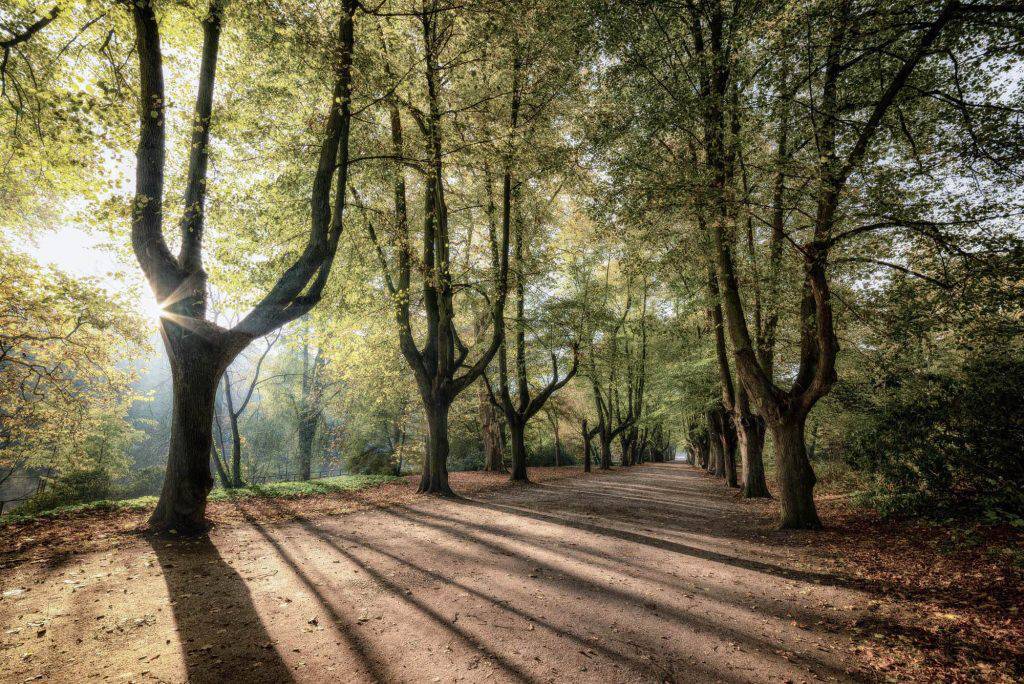
7th reason
Trees help you to save energy.
Planting trees can also ease cool your place in the summer. The Arbor Day Foundation says that the overall impact of the shade created by planting a healthy tree is comparable to 10 room-size air conditioners operating 20 hours a heyday!
In the winter, trees can perform as windbreaks for your home and will aid you to conserve on heating costs. The Journal of Horticulture claims that protecting heating charges can reach as much as 25 percent! Trees save energy through cooling in the warmer months and implement a windbreak during winter. This ends in consuming fewer fossil fuels to generate electricity for cooling and heating.
Trees shade buildings, streets, and homes. If sufficient trees are planted in towns, the overall microclimate advances and aggregate energy use for heating and cooling is decreased. The EPA has some prominent information on how planting trees and other vegetation can help to reduce the overall high warmth of your city!
At least three huge trees about your home – can decrease air conditioning costs up to 30 percent. Shade trees give their best profits when you:
Shrub deciduous trees, which shed their leaves when the winter. These trees offer shade and block heat during warmer months and, by shaking their leaves in the autumn, they grant sunlight in the colder months.
Plant these trees on the south and west views of homes.
We are covering all hard coverings such as paths, yards, and footpaths to reduce landscape heat capacity.
Use evergreens, which hold their leaves year long, in a planned pattern. They will work as windbreaks to keep from 10 to 50 percent in energy used for heating.
8th reason
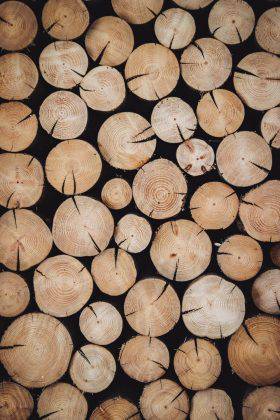
Trees offer economic benefits
Fruitage harvested from town farms can be traded, therefore contributing revenue. Small trading chances in green consumption management and garden stand when cities value mulching and its water-saving features. Vocational training for youth engaged in green jobs is also an excellent way to develop economic opportunities from trees.
Individual trees and plants have value and commit to savings. Still, it is the dominant impact of a well-maintained garden that offers a real economic influence and has the most significant impression on property value. Direct economic privileges arise from savings in energy charges. Cooling payments are reduced in a tree-shaded place, and heating costs decreased when a tree works as a windbreak. USDA Forest Service says that “Trees properly placed around fabricating can reduce air conditioning needs by 30% and save 20-50 percent in energy used for heating.”
Property charges of houses with well-maintained gardens are up to 20% more costly than others. Decorating an area with landscaping is the most cost-effective way of growing community perceptions of urban green space. The charge of garden pales in comparison to the cost of police duties for turning around a crime-ridden park.
By merely adding ornamental plants, it is possible to repair a community’s perception of a down completely-Parks and botanical gardens offer to the economy of a local community in many ways, particularly throughout the employment of contracted duties.
Whether it’s renting a construction crew or a landscaping service, urban green places have an accurate impression on local businesses. By manipulating these services, parks contribute to the growth and economic vitality of community activities.
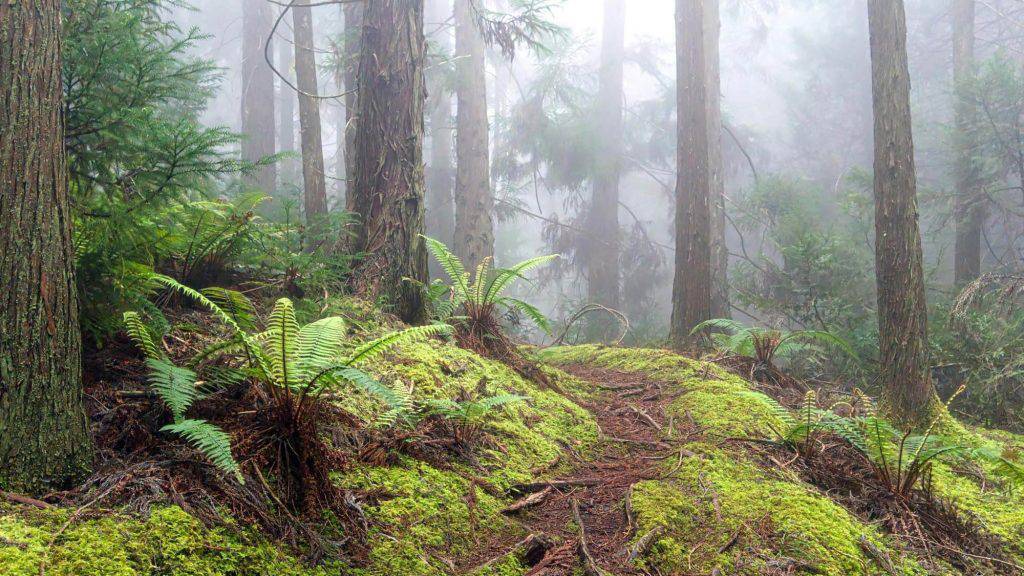
9th reason
Trees protect the land
Trees guard the earth against soil corrosion, wildfires, flood, and wind. Forest Garden planters handle trees as walls, windbreaks, and barriers. They use an existing fence technique, which has shown particularly helpful in contributing to designing a green wall to enrich their soil, fit a boundary, manage livestock out, and absorb and redirect heavy rains.
Trees encourage biodiversity
Various birds, animals, and insects ask trees homeward. The different levels and coverings of trees afford a home to a diverse array of wildlife from the lower levels up to the very huge coverings. Forest Garden gardeners usually also often use trees as a spot to create colonies to carry bees to their homes to serve in pollination and to collect honey. We are currently missing varieties at an alarming frequency so the scale for biodiversity is critical as it serves to save our planet thriving.
So that’s the Top Ten Reasons Why You Should Plant A Tree In Your Place, I would like to invite you to share your experience in the comment section. If you have more suggestions please contact us.
For more, You can refer to Wikipedia,

